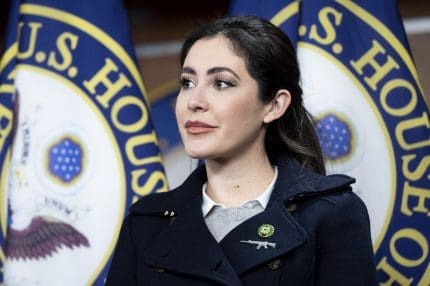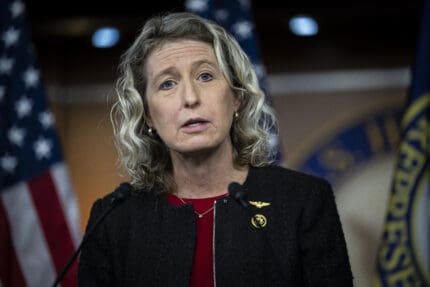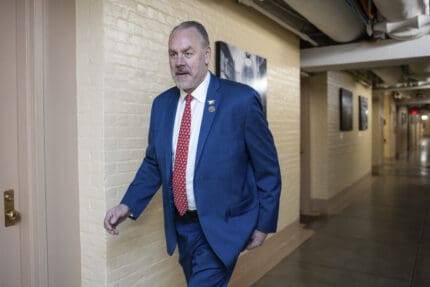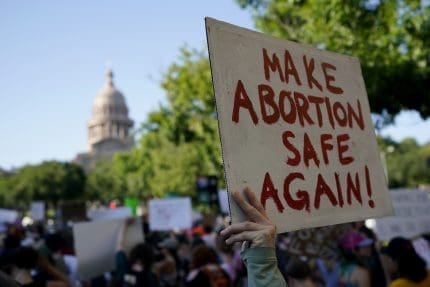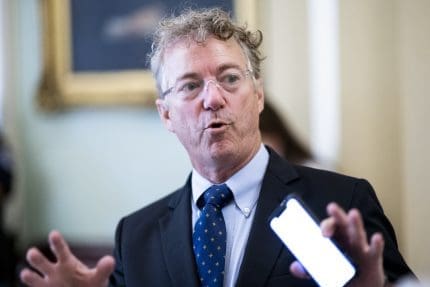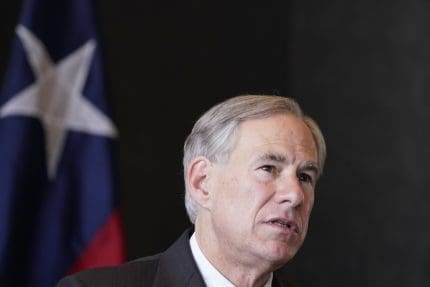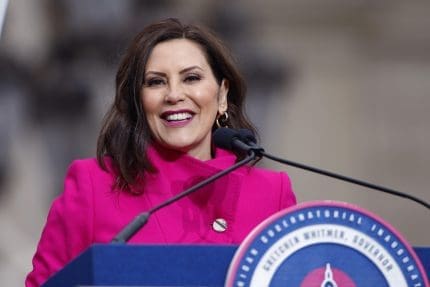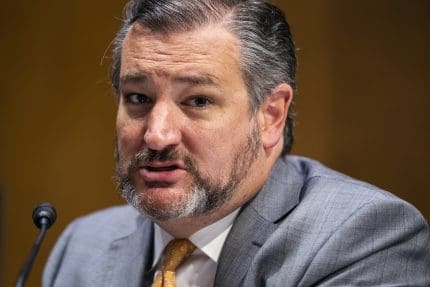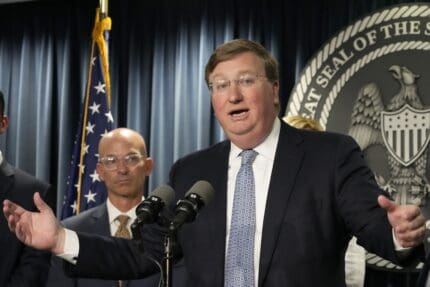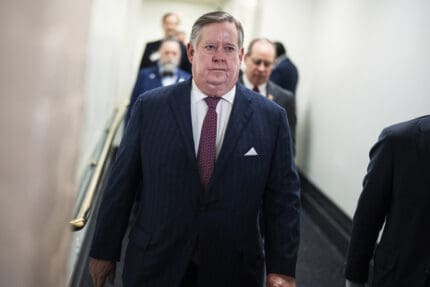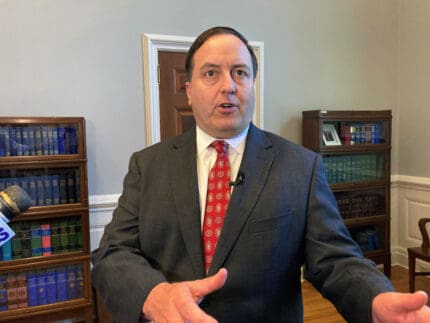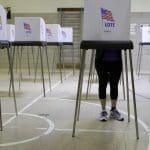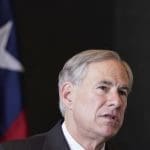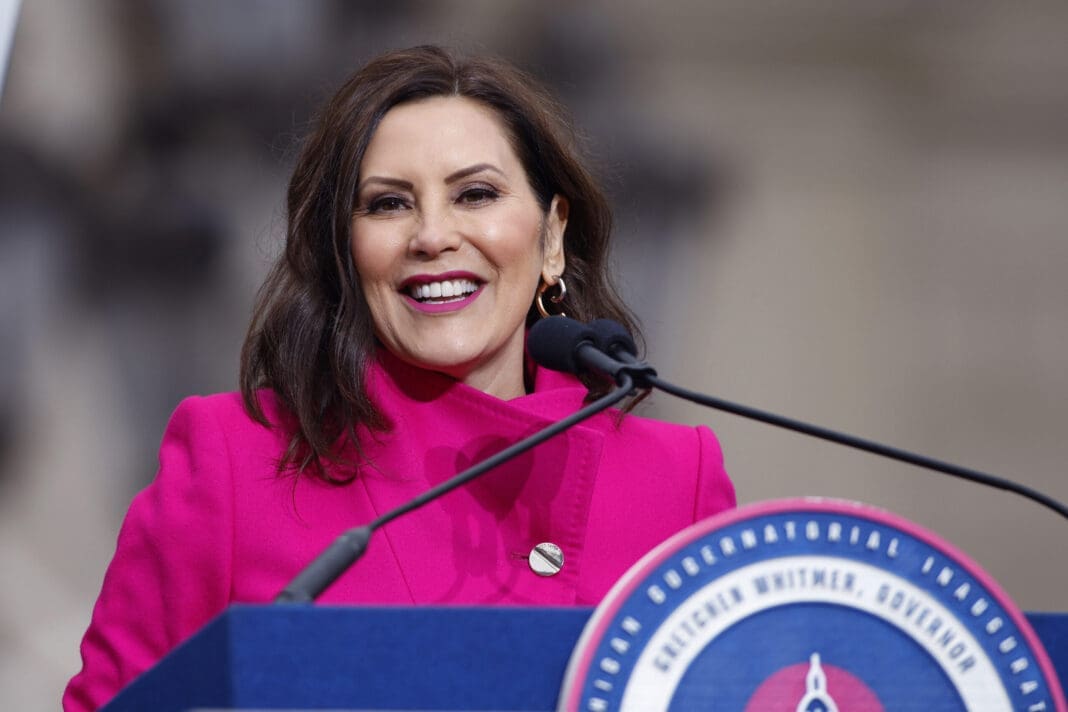Biden proposal would give 4% pay raise to 2.1 million federal government workers
The move represents the largest pay raise for federal workers in 20 years.
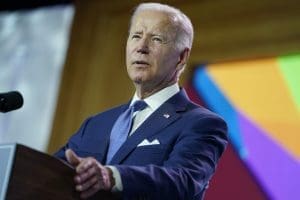
On Wednesday, President Joe Biden sent a letter to Congress notifying the leadership of his plan to implement a 4.1% base pay increase for civilian federal employees in 2023. The increase will also include an average 0.5% locality pay bump, amounting to a 4.6% pay raise overall.
The pay increase will apply to 2.1 million executive branch employees and represents the largest pay raise for federal workers in 20 years, according to federal labor advocates.
Biden said the increase was part of an effort to attract and retain talent, noting that federal employees have historically been paid less than private sector workers. A recent report from the Federal Salary Council found a 22.47% average pay disparity between public and private sector employees.
“The American people rely on Federal agencies being managed and staffed by skilled, talented, and engaged employees, including those possessing critical skills sets, which requires keeping Federal pay competitive,” Biden wrote in the letter.
“This alternative pay plan decision will allow the Federal Government to better compete in the labor market to attract and retain a well‑qualified Federal workforce.”
Biden’s plan is likely to become policy since Congress has not yet addressed federal salaries in legislation this year.
Unemployment has been steadily decreasing nationwide from the height of the COVID-19 pandemic under former President Donald Trump, and the unemployment rate has dropped below 3% in 22 states. The national rate is 3.5%, down from the rate of 6.3% when Biden took office in 2021.
The improving economic conditions have made it more difficult for companies and the government to attract employees. Increased wages are one way to address the issue.
Multiple labor unions representing government workers praised Biden’s action on Wednesday.
The National Treasury Employees Union represents employees working at 34 departments and agencies within the federal government. The union said the plan would “go a long way toward helping recruit and retain the public servants our government needs.”
Everett Kelley, president of the American Federation of Government Employees, told GovExec that the pay increase “will represent the largest pay adjustment for federal employees in 20 years.”
The National Active and Retired Federal Employees Association expressed support for Biden as well.
“As Americans face unprecedented price increases for food, fuel, housing and other staples, this pay raise demonstrates an understanding of the value of these hard-working civil servants and the jobs they do, as well as displays the administration’s commitment to recruitment and retention of talented federal employees,” Ken Thomas, the group’s president, said in a release.
Biden has also signed into law pay increases for members of the U.S. military since taking office. The National Defense Authorization Act, which Biden signed on Dec. 27, gives servicemembers a 2.7% pay increase and 12 weeks of parental leave.
Published with permission of The American Independent Foundation.
Recommended

Biden calls for expanded child tax credit, taxes on wealthy in $7.2 trillion budget plan
President Joe Biden released his budget request for the upcoming fiscal year Monday, calling on Congress to stick to the spending agreement brokered last year and to revamp tax laws so that the “wealthy pay their fair share.”
By Jennifer Shutt, States Newsroom - March 11, 2024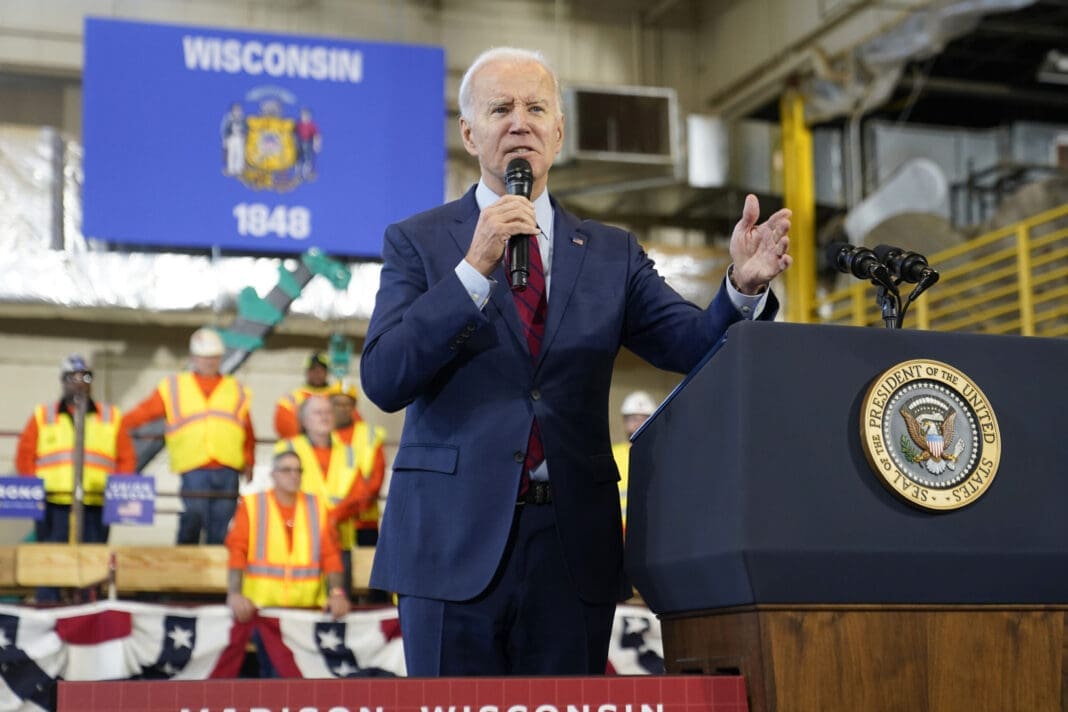
December jobs report: Wages up, hiring steady as job market ends year strong
Friday’s jobs data showed a strong, resilient U.S. labor market with wages outpacing inflation — welcome news for Americans hoping to have more purchasing power in 2024.
By Casey Quinlan - January 05, 2024
Biden’s infrastructure law is boosting Nevada’s economy. Sam Brown opposed it.
The Nevada Republican U.S. Senate hopeful also spoke out against a rail project projected to create thousands of union jobs
By Jesse Valentine - November 15, 2023









